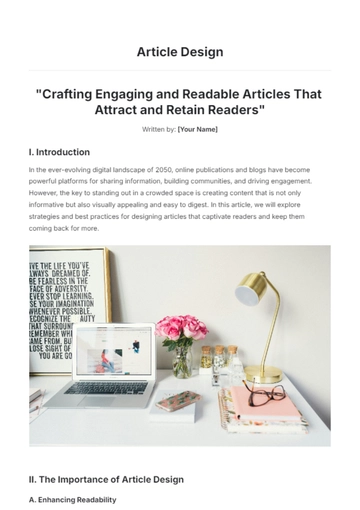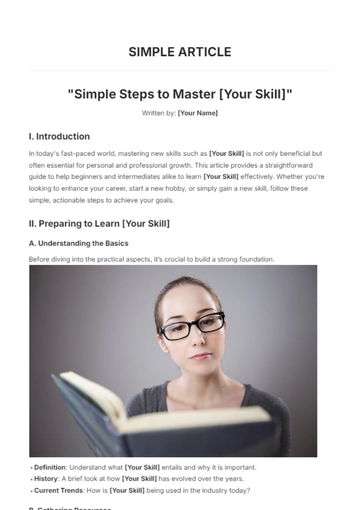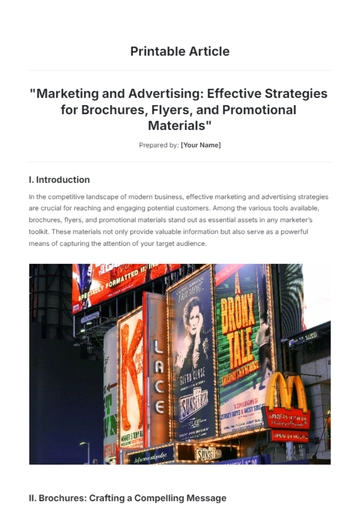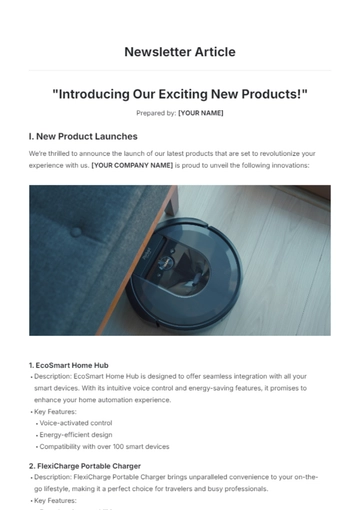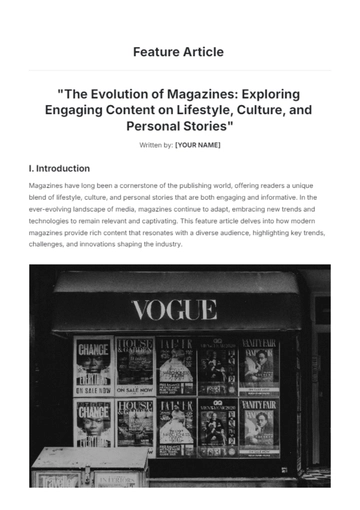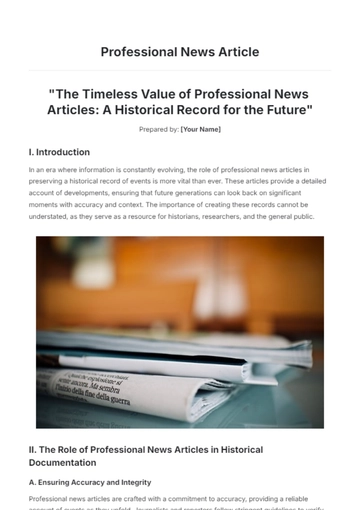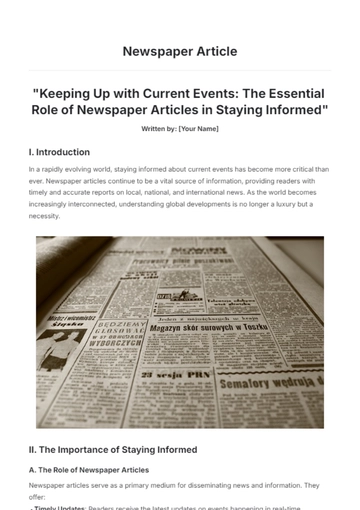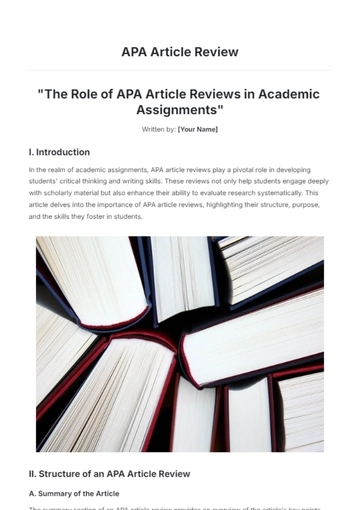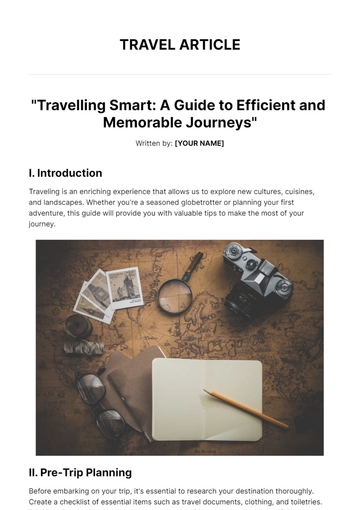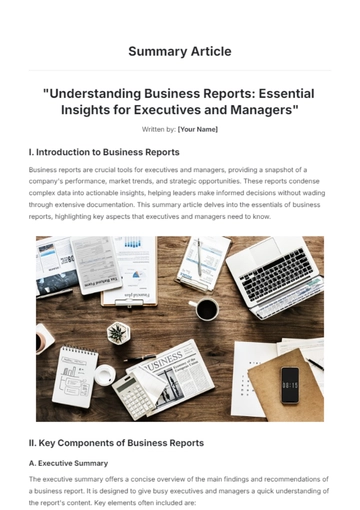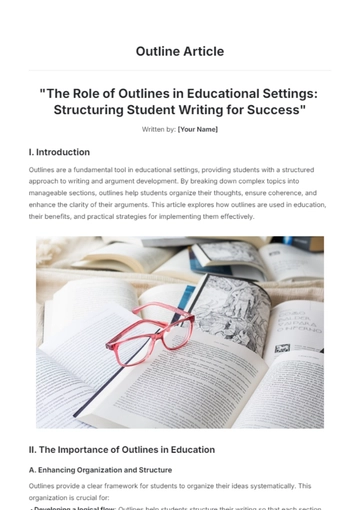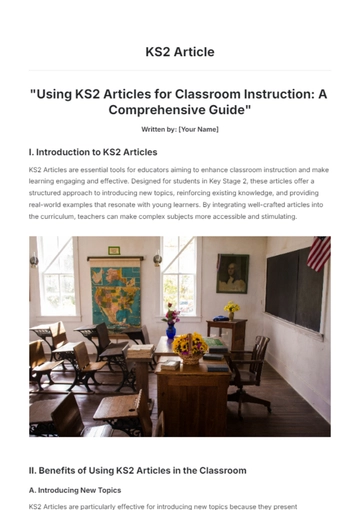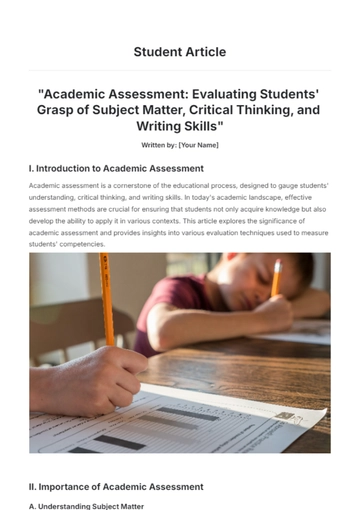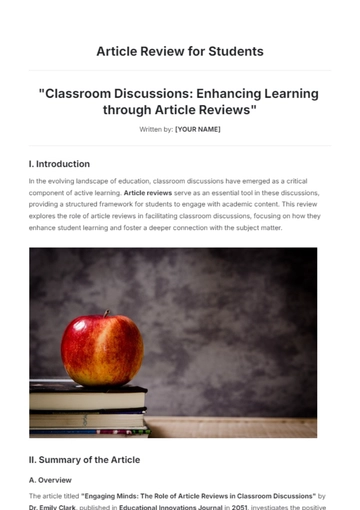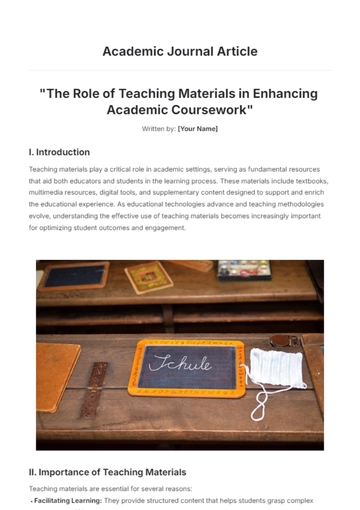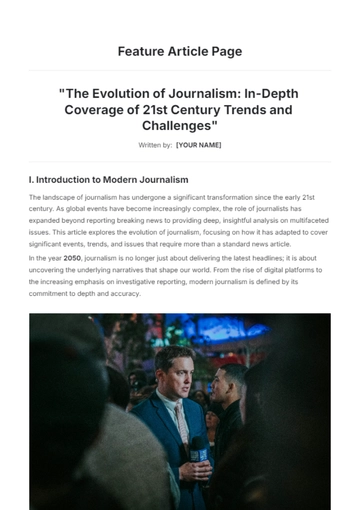Free Product Case Brief
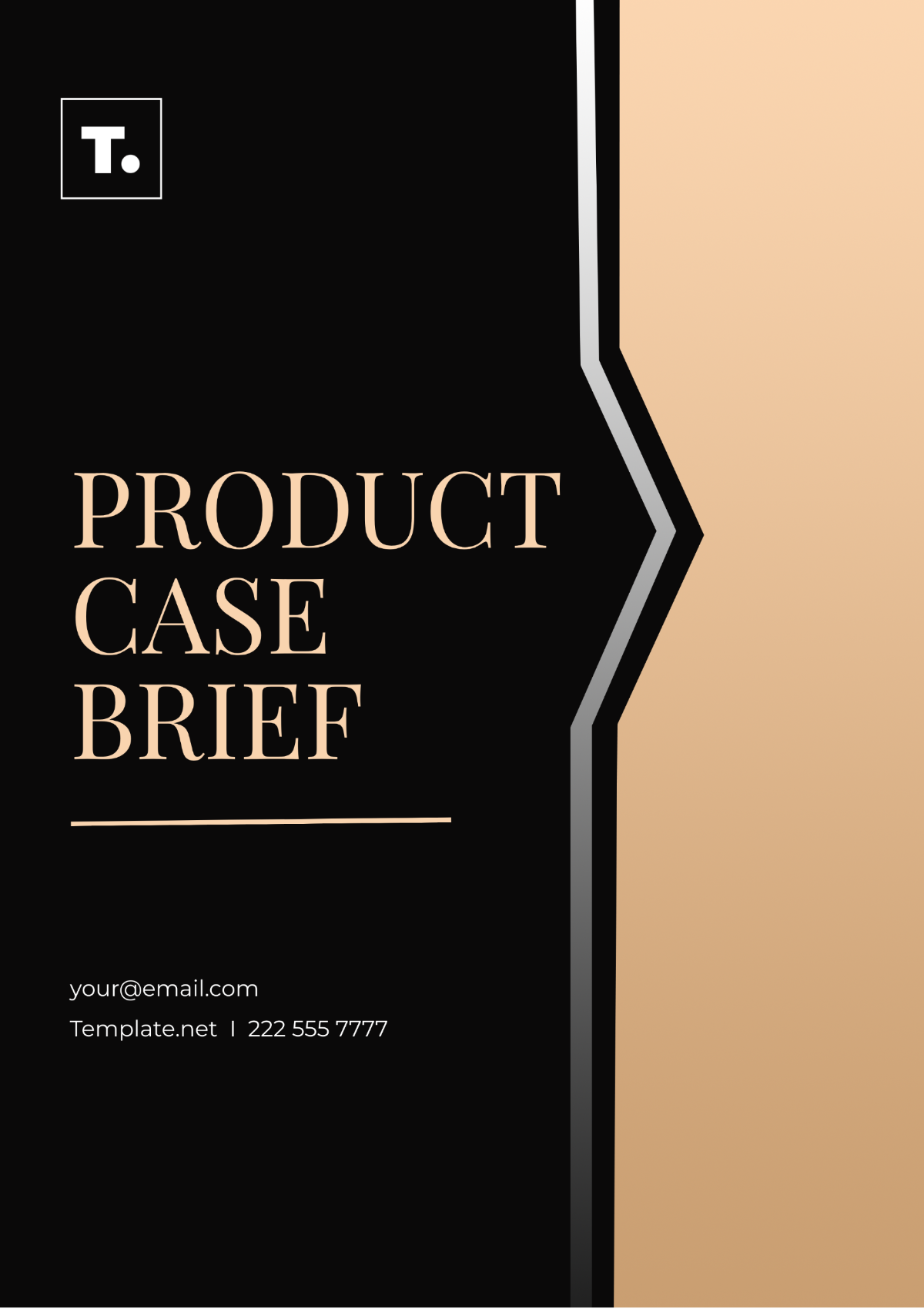
I. Introduction
In the case of [CASE TITLE]., the court examined the compliance obligations of [COMPANY NAME] under the Consumer Product Safety Act regarding the manufacture and distribution of their [PRODUCT NAME]. The case arose from allegations of design defects in the [PRODUCT NAME], leading to a class-action lawsuit against the defendant. This Product Case Brief provides an analysis of the court's decision and its implications for ensuring compliance with product regulations.
II. Facts
Case Background: [COMPANY NAME] is a leading manufacturer of household gadgets and appliances. The [PRODUCT NAME], a popular kitchen tool, was marketed as a safe and efficient solution for food preparation.
Regulatory Framework: The Consumer Product Safety Act imposes strict requirements on manufacturers to ensure the safety of consumer products, including proper labeling and hazard warnings.
Defendant's Actions: [COMPANY NAME] conducted rigorous safety testing during the development of the [PRODUCT NAME] and included clear instructions for its use in the product packaging.
Plaintiff's Allegations: The plaintiff alleged that the [PRODUCT NAME]'s design led to injuries due to unexpected malfunctions and inadequate warnings about potential hazards.
III. Issues
The primary issues addressed in this case include:
Product Design Liability: Whether the design of the [PRODUCT NAME] posed an unreasonable risk of harm to consumers.
Warning Label Adequacy: Whether the warnings provided by [COMPANY NAME] adequately communicated the potential risks associated with using the [PRODUCT NAME].
Causation and Damages: Establishing a causal link between the alleged defects in the [PRODUCT NAME] and the plaintiff's injuries, as well as determining the appropriate damages.
IV. Arguments
A. Plaintiff's Arguments
The plaintiff argued that the [PRODUCT NAME]'s design flaws, particularly its sharp edges and unpredictable motor, posed an unreasonable risk of harm to users.
Citing instances of injuries sustained by consumers due to malfunctions or misuse of the [PRODUCT NAME], the plaintiff contended that [COMPANY NAME] failed to adequately address known hazards.
Legal basis for holding [COMPANY NAME] liable under the Consumer Product Safety Act, alleging violations of safety standards and failure to provide sufficient warnings.
B. Defendant's Arguments
[COMPANY NAME] maintained that the [PRODUCT NAME] was designed and manufactured in compliance with all applicable safety regulations and industry standards.
Presentation of evidence demonstrating extensive safety testing conducted during the development of the [PRODUCT NAME], as well as efforts to promptly address any reported incidents or concerns.
Legal defenses against the plaintiff's claims, including arguments regarding the foreseeability of the alleged injuries and the plaintiff's responsibility to use the product as intended.
V. Court's Decision
The court ruled in favor of [COMPANY NAME], finding that while the plaintiff suffered injuries while using the [PRODUCT NAME], there was insufficient evidence to establish that the product defects directly caused the injuries. The court emphasized the importance of user responsibility and proper product usage in mitigating potential risks. This decision underscores the need for consumers to exercise caution when using household appliances and for manufacturers to provide clear instructions and warnings to enhance user safety.
VI. Implications
Industry Impact: The court's decision reaffirms the importance of conducting thorough safety testing and providing adequate warnings in product design and manufacturing.
Legal Precedent: This case sets a precedent for evaluating product liability claims involving design defects and the adequacy of warning labels, providing guidance for future litigation.
Risk Management: Companies should continue to prioritize product safety and compliance to mitigate legal risks and maintain consumer trust.
Future Compliance Strategies: Manufacturers should regularly review and update their product safety protocols and warnings to align with evolving regulatory standards and industry best practices.
- 100% Customizable, free editor
- Access 1 Million+ Templates, photo’s & graphics
- Download or share as a template
- Click and replace photos, graphics, text, backgrounds
- Resize, crop, AI write & more
- Access advanced editor
Maximize your legal efficiency with the Product Case Brief Template from Template.net. Tailored for legal professionals, this customizable and editable template streamlines your case analysis process. Crafted for ease of use, it integrates seamlessly with AI Editor Tool for precision and speed. Elevate your case preparation with this comprehensive solution.

